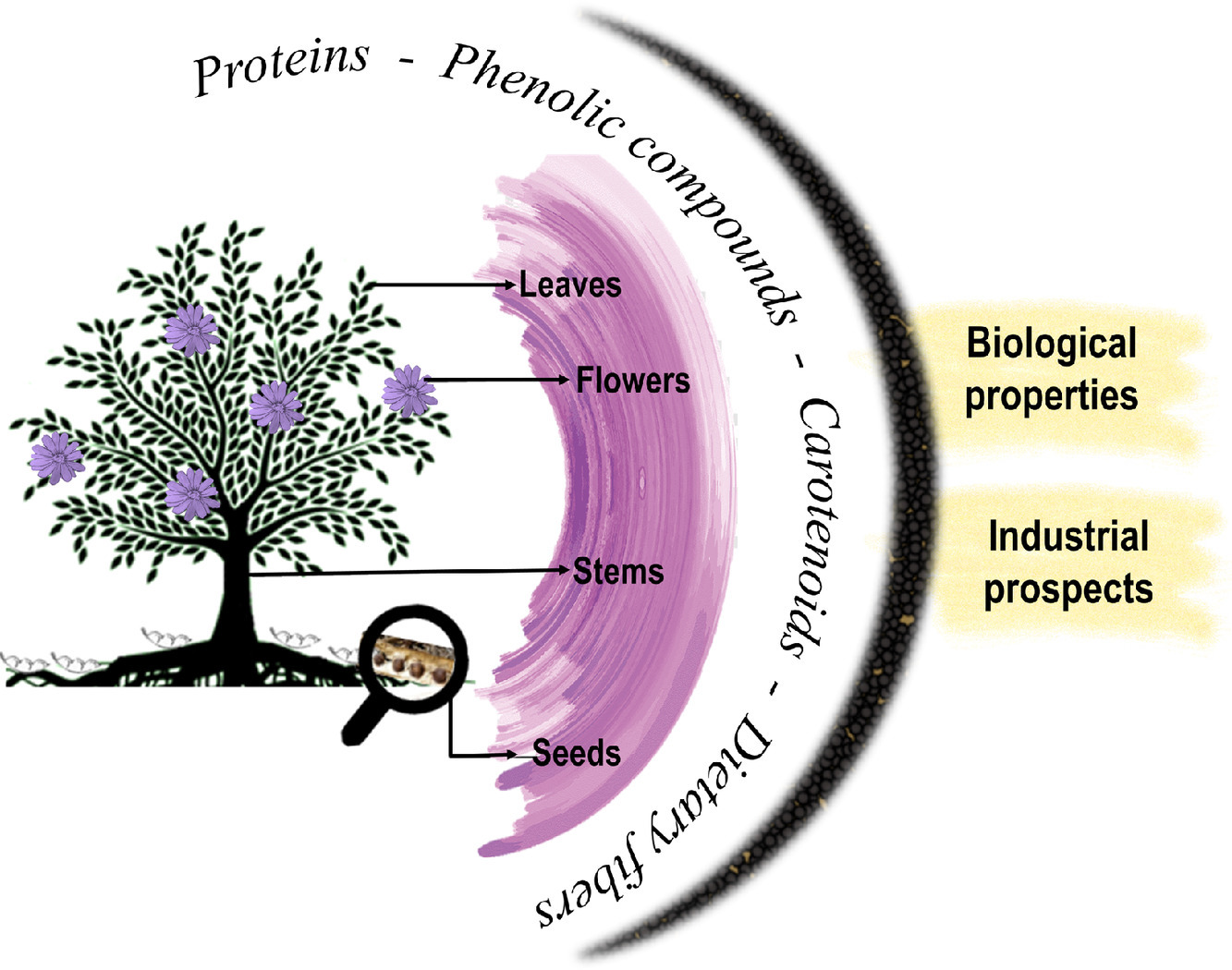Innovative food products containing new ingredients have been designed to meet nutritional needs and new consumption trends. In this way, different vegetable species, named unconventional food plants (UFPs), are being studied in the literature and are emerging as candidates to provide foods containing a better composition, providing greater healthiness. Furthermore, specific vegetable tissues discarded in post-harvest and/or industrial pre-processing operations can be considered UFPs adequate for human consumption.
Exercise to Prevent and Manage Chronic Disease Across the Lifespan, 2022, Pages 413-421
Neurobiology of Brain Disorders (Second Edition), Biological Basis of Neurological and Psychiatric Disorders, 2022, Pages 313-336
This chapter aligns with UN SDG 6 (Clean water and sanitation), SDG 10 (Reduced inequalities) and SDG 15 (Life on land) describing the historical and ethnographic description of the Krenak, the indigenous people who inhabit the left margins of the Rio Doce river and the conflicts they have experienced in their territory over the years and how the Rio Doce mining disaster impacted their lives.
Nanomedical Drug Delivery for Neurodegenerative Diseases, 2022, Pages 17-39

